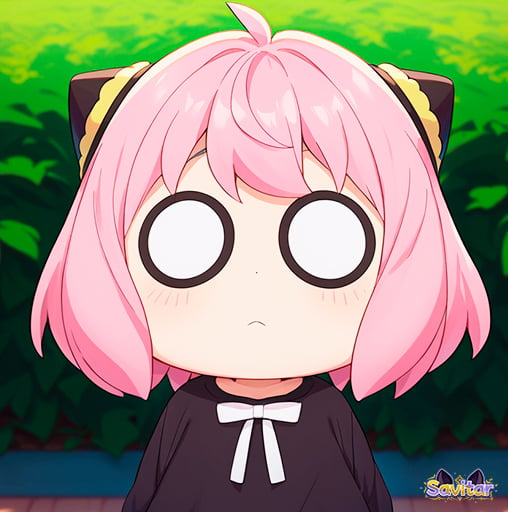🔥Access +100 Characters NSFW Hardcore for just $9.99 Monthly 😈
Lolicon: Art and Morality
Lolicon has been at the center of various debates, not only for its controversial nature but also for the ethical implications many people associate with it. But is lolicon really an ethical issue, or is it more about artistic preference and personal taste?
LOLI
Savitar
9/5/20242 min read


Lolicon has been at the center of various debates, not only for its controversial nature but also for the ethical implications many people associate with it. But is lolicon really an ethical issue, or is it more about artistic preference and personal taste?
Does Art Have Limits... Or Not?
Art has always been a space where creators explore themes that challenge norms. From the Renaissance to Surrealism, art has represented all kinds of ideas, some of which were considered controversial in their time. In this sense, lolicon falls within the realm of artistic expression—a way to explore aesthetics, styles, and narratives in a unique way, even if not everyone agrees with its content.
Where do we draw the line between what is acceptable in art and what is not? This is where the moral component comes in. Many argue that art should have limits when it touches sensitive subjects, while others believe that any attempt at censorship threatens creative freedom.
A Matter of Taste or a Lack of Ethics?
It’s easy to see how someone might feel uncomfortable with lolicon. For many, the fact that these depictions involve characters that look underage raises moral concerns. But, from a more objective perspective, we should ask: Is the portrayal of a fictional character inherently immoral, or is it simply a matter of taste?
The answer to this question varies from person to person. What one finds problematic, another might see as harmless entertainment. This is the core dilemma surrounding lolicon. If no real harm is involved (since the characters are fictional), can we judge someone for enjoying this kind of art, or should we accept that tastes differ and don't always align with our own beliefs?
The Morality Dilemma in Fiction
Part of the debate arises from the human tendency to project our moral standards onto everything we consume, including fiction. But fiction doesn't have to follow the same rules as reality. There’s a significant difference between what happens in a work of fiction and what occurs in the real world. This leads to an important reflection: Should morality dictate what is or isn’t acceptable in a work of art? Or should we treat art as a space free from the ethical rules that govern real life?
The Fine Line Between Freedom and Responsibility
While art can be a space for unrestricted exploration, this doesn't exempt creators and consumers from the responsibility that comes with the social impact of certain works. Here, we encounter the balance between freedom of expression and respect for cultural or personal sensitivities. However, lolicon exists in a gray area: its supporters see it as a legitimate form of art and fantasy, while its critics view it as inappropriate, even though it doesn’t involve real people.
Conclusion: A Personal Decision
At the end of the day, whether lolicon is immoral or just a matter of personal taste depends on the individual. Some may view it as an art form that pushes boundaries, while others reject it entirely. The key is to keep the debate informed and respectful, without imposing opinions or beliefs, and understanding that art and morality don’t always align.


